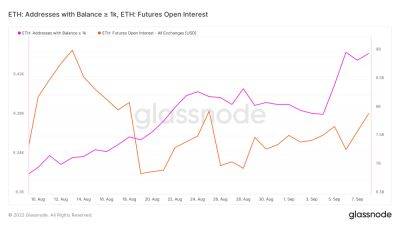Fintech firm Klarna's losses triple after aggressive U.S. expansion and mass layoffs
Klarna on Wednesday reported a dramatic jump in losses in the first half, adding to a deluge of negative news for the «buy now, pay later» pioneer.
The Swedish payments firm generated revenues of 9.1 billion Swedish krona ($950 million) in the period spanning January to the end of June 2022. That was up 24% from a year ago.
But the company also racked up hefty losses. Klarna's pre-tax loss soared more than threefold year-on-year to nearly 6.2 billion krona. In the first half of 2021, Klarna lost around 1.8 billion Swedish krona.
The company, which allows users to spread the cost of purchases over interest-free installments, saw a jump in operating expenses and defaults. Operating expenses before credit losses came in at 10.8 billion Swedish krona, up from 6.3 billion krona year-over-year, driven by administrative costs related to its rapid international expansion in countries like the U.S. Credit losses, meanwhile, rose more than 50% to 2.9 billion Swedish krona.
Klarna had previously been profitable for most of its existence — that is up until 2019, when the firm dipped into the red for the first time after a hike in investments aimed at growing the business globally.
The company's ballooning losses highlight the price of its rapid expansion after the onset of the Covid-19 pandemic. Klarna has entered 11 new markets since the start of 2020, and took a number of costly gambits to extend its foothold in the U.S. and Britain.
In the U.S., Klarna has spent heavily on marketing and user acquisition in an effort to chip away at Affirm, its main rival stateside. In the U.K., meanwhile, the firm acquired PriceRunner, a price comparison site, in April. It has also engaged in a charm offensive with British politicians and
Read more on cnbc.com


 cnbc.com
cnbc.com




















